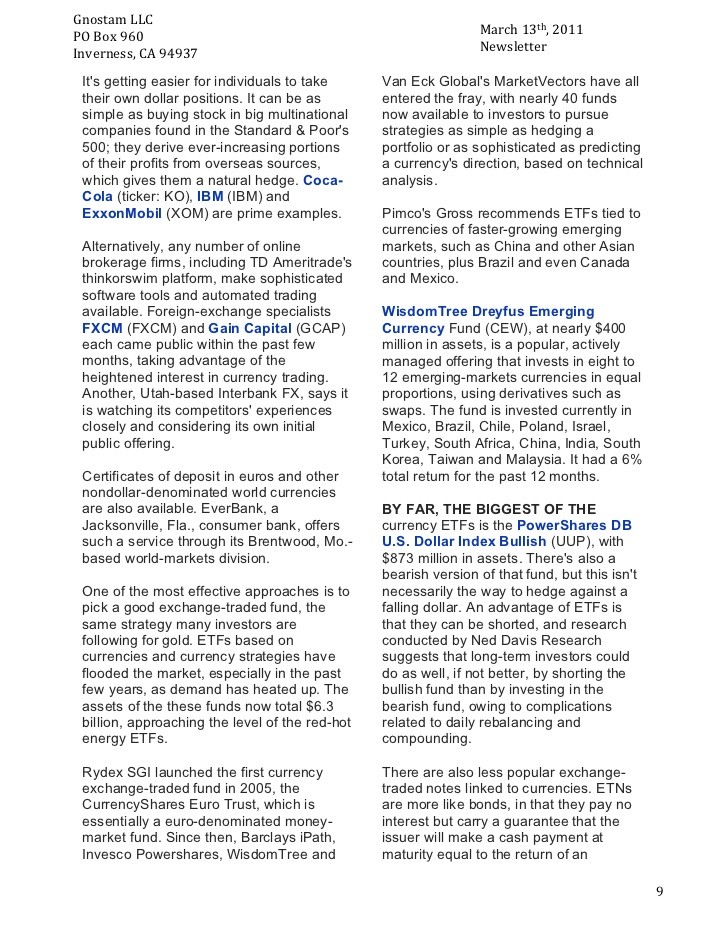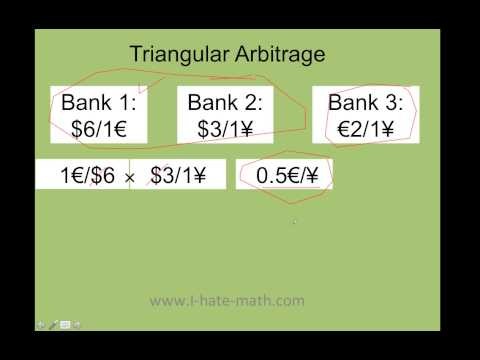ConvertibleBond Arbitrage Loses Its Shirt
Post on: 17 Июнь, 2015 No Comment

Deprived of Leverage, Hedge-Fund Strategy Set For Its Worst Year
David Walker and
Stephanie Baum
Updated Nov. 17, 2008 12:01 a.m. ET
Many hedge-fund managers are having their worst year ever, but few are having a worse one than managers of convertible-bond-arbitrage hedge funds.
These funds have lost almost one-fifth of their money last month alone, according to Hedge Fund Research, taking their aggregate losses this year to between 35% and 50%. This year the strategy had lost 35.1% by the end of October, according to the broad, non-investable index of HFR. HFR’s narrower investable index showed a 49.8% loss by Nov. 12. Data provider Credit Suisse/Tremont said convertible arbitrage lost 19.5% in the first 10 months of the year.
The divergence between the data providers stems mostly from hedge funds reporting into separate databases. But, anyway it’s sliced, it reflects a uniform gloom. As a group, the funds are on track to turn in the worst performance of any hedge-fund strategy, as they did in 2004 when they lost on average 2%.
Convertible securities are essentially bonds that can be exchanged for stock in the future. Convertible-bond arbitrage funds aim to profit from mismatches between the price of those convertibles and the stocks they’re attached to. In the funds’ golden age, from 1998 to 2003, the strategy made 11.5% a year on average.
A host of factors aligned this year to foil the strategy. Convertible-bond prices are falling, their traditional buyers have disappeared from the market, and regulators around the world have placed restrictions on short selling — a key element of any convertible-arbitrage strategy. To make matters worse, investment banks are demanding higher margin calls on financing a traditionally highly geared strategy, which creates a vicious circle by forcing hedge funds to sell more bonds.
In London, the flagship fund of CQS LLP lost 16.8% in the first nine months of this year. Forest Management Co.’s Forest Global Convertible Fund was down 31.5% by Oct. 10, according to investors. Ferox Capital Management Ltd.’s Ferox fund lost 24% in the first nine months of this year and this month placed restrictions on investors trying to withdraw their money. All of the funds declined to comment.
The main reason for poor performance is that the underlying bonds have performed badly. The index published by UBS that tracks the prices of convertibles globally is down 35.8% this year. It fell 15.7% last month alone.
The market has collapsed as never seen before. The reasons are: liquidity concerns, forced redemptions, risk reduction and the buyer of last resort has yet to appear, Jeremy Wyett, equity-linked analyst at Merrill Lynch, wrote last month.
Nick Calamos, co-chief investment officer at asset manager Calamos Investments, said some selling of bonds appears to be coming at any price as participants make a desperate attempt to get out of positions.
Kostas Iordanidis, head of hedge funds at Swiss investor Unigestion, said regulatory bans on shorting many of the world’s financial companies from mid-September also hit convertible-arbitrage managers.
While the restrictions have affected only a small number of financial stocks, financials have a disproportionately heavy weighting in the convertibles market. They account for $50.9 billion, or 50.3% of all the convertible bonds issued this year, according to research firm Dealogic.

But for a strategy that uses leverage to exploit often small market inefficiencies, one of the biggest problems has been banks reducing leverage and insisting on more capital upfront.
Some banks tripled the amount money managers had to set aside as margin against some bonds. To meet these higher requirements managers had either to raise money from investors or to sell assets. Many had little choice but to sell assets, and lock investors in to stop money fleeing as well.
But it is not all bad news. Some convertible managers have been thriving. Ferox’s flagship billion convertible arbitrage fund might be down 24.0% this year, but a fund it designed two years ago to make money if convertible bond prices fell is up 23.0% this year. Returns and inflows from investors have helped this fund surpass the size of Ferox’s flagship.
At the same time, the falls have brought prices down to irresistible levels for some buyers. Calamos has allowed investors to put more money into its 23-year old convertible fund for the first time since 2003 to exploit the cheap prices for some bonds.
Stephane Rochon, convertibles analyst at Credit Suisse, said dislocations in the markets could yield substantial returns for investors with a multi-year investment horizon.
Some managers see light at the end of the tunnel. It has been an extremely difficult year for the convertible market, but relatively recently we have seen a clear improvement in investment-grade names. Last fortnight there was some buying of convertibles, said Paul Casey, CQS’s chief investment officer for fixed income.
Some investors may also be seeing an end to convertible arbitrage’s gloom. Convertible bond arbitrage was the worst performing strategy in 2004/2005 but it made 12.2% in 2006. Ferox’s fund helped with 22.5%, while CQS’s flagship made 15.5%.














